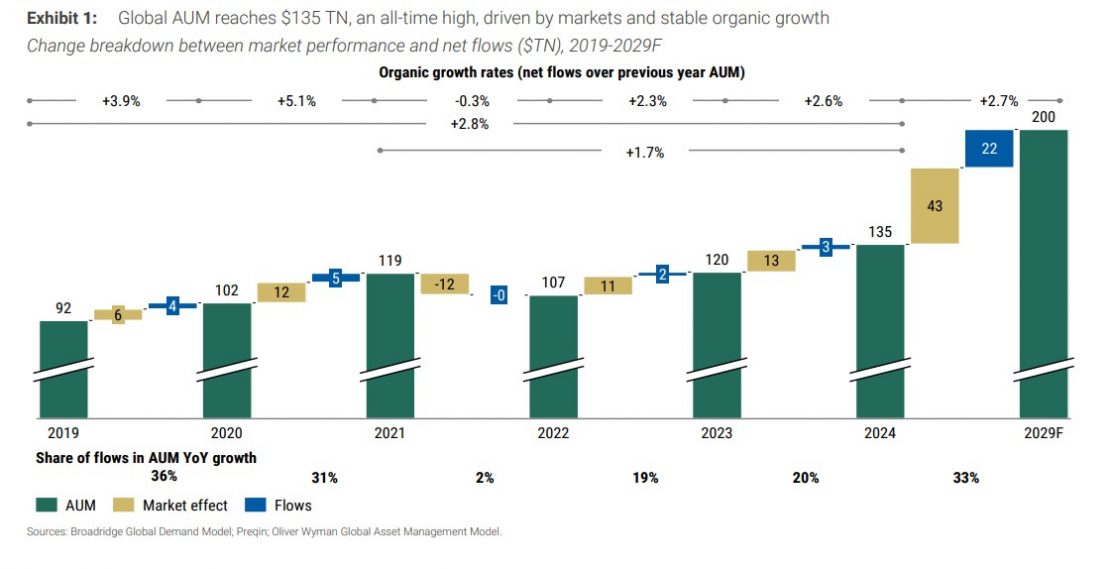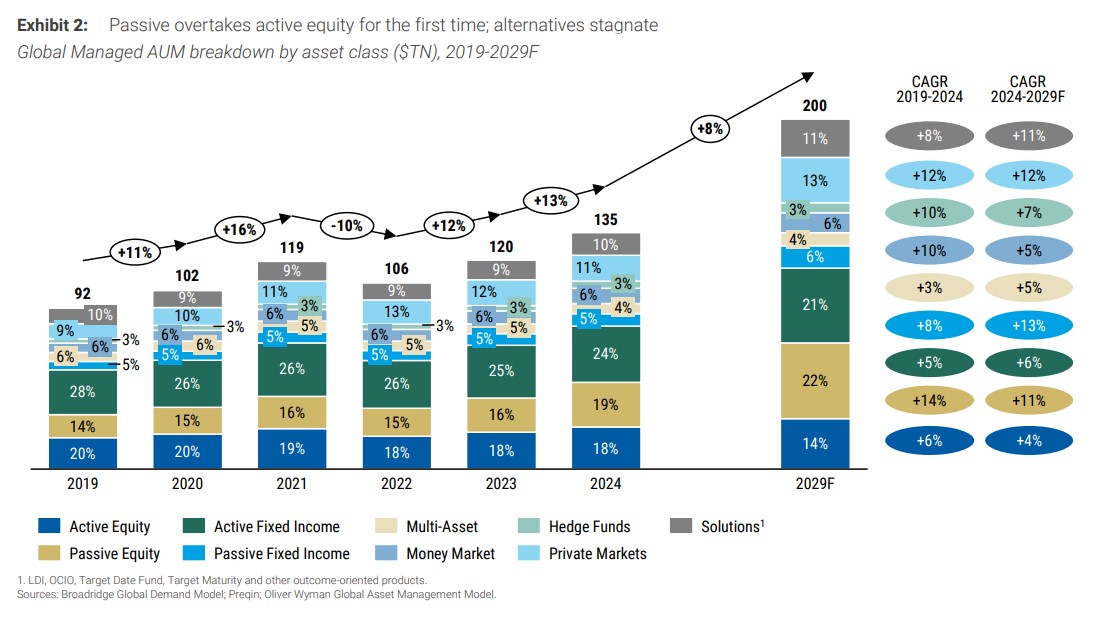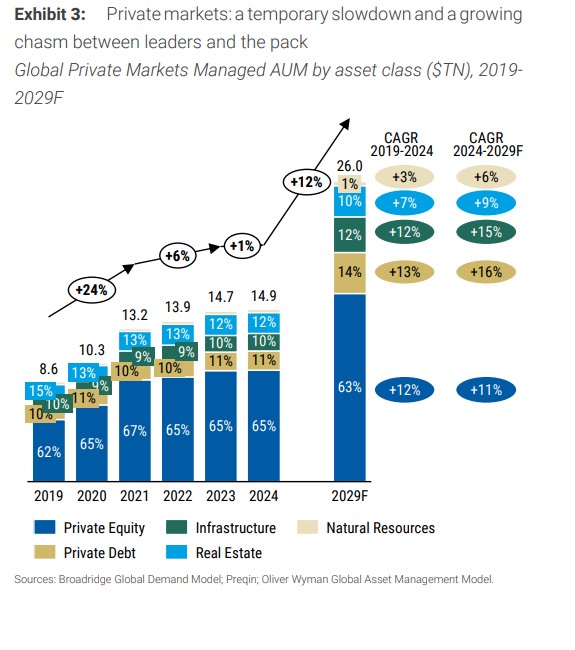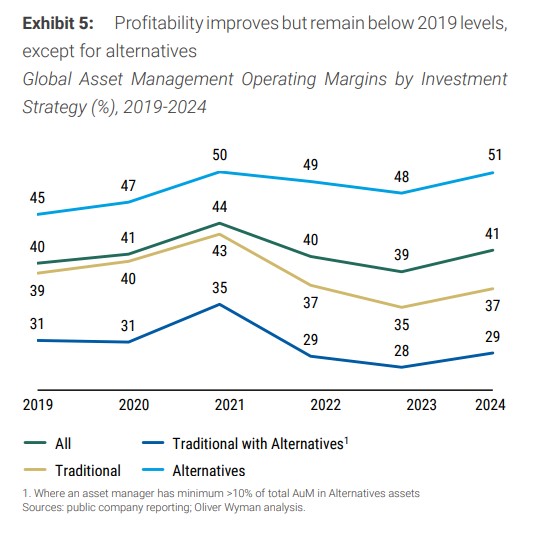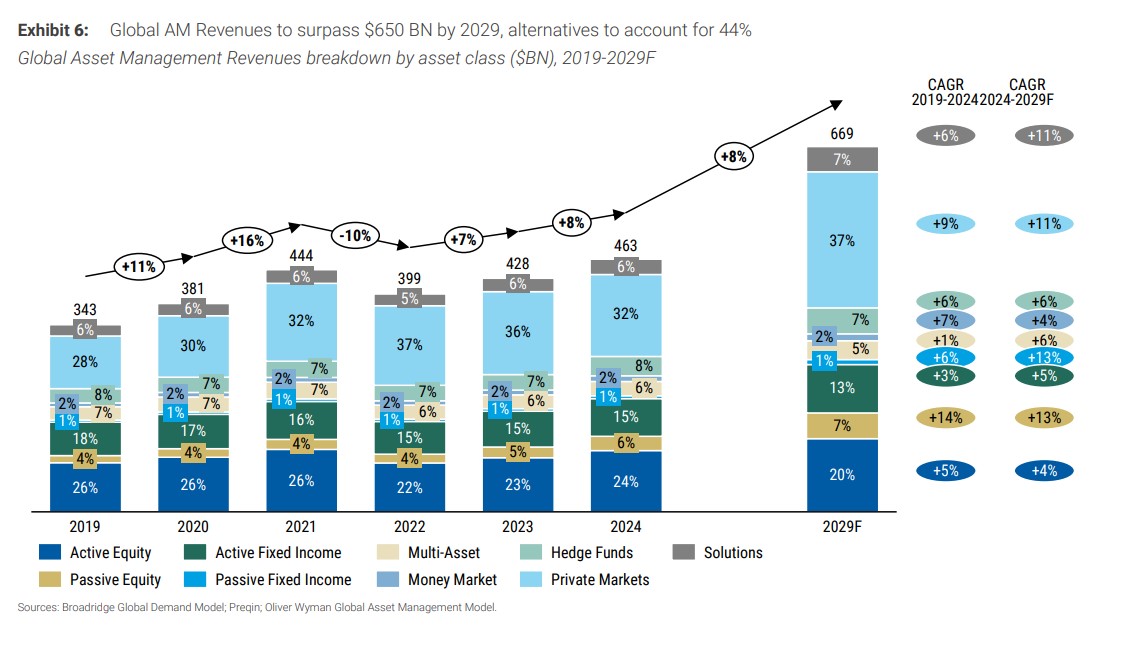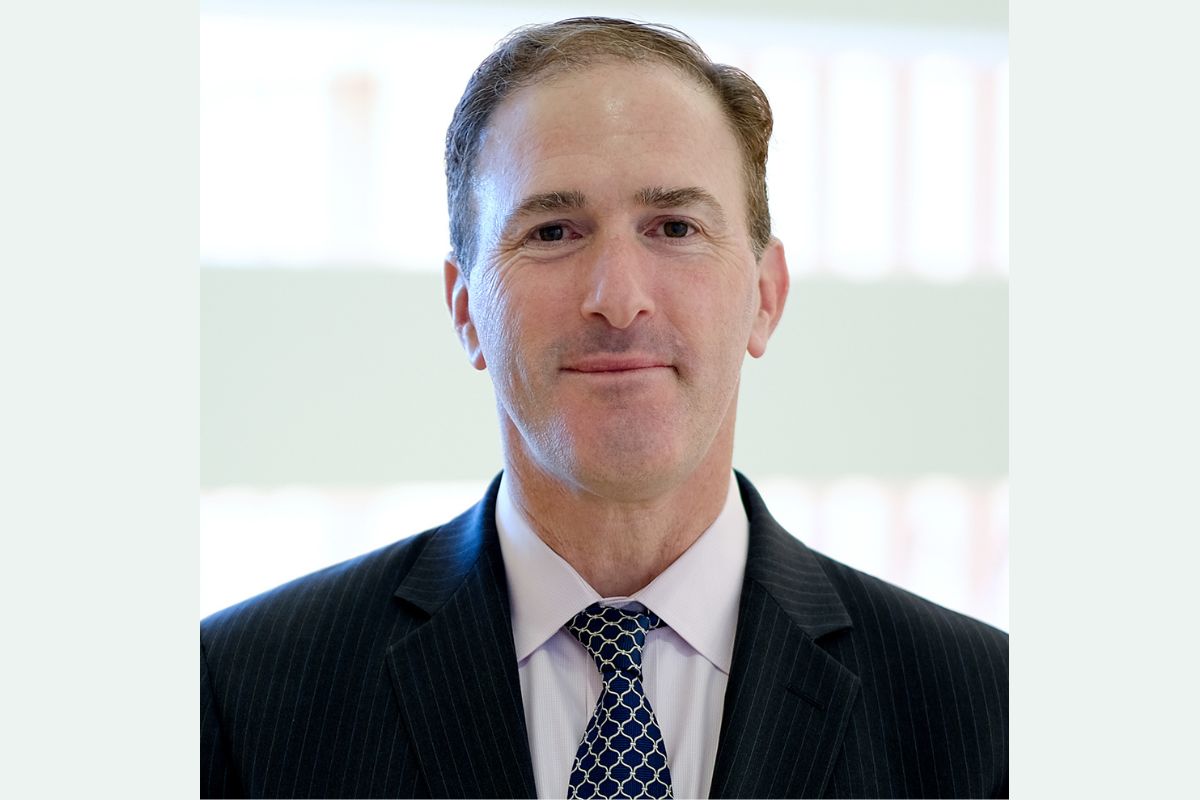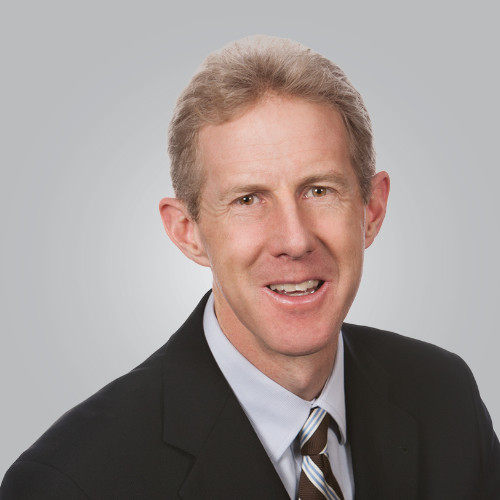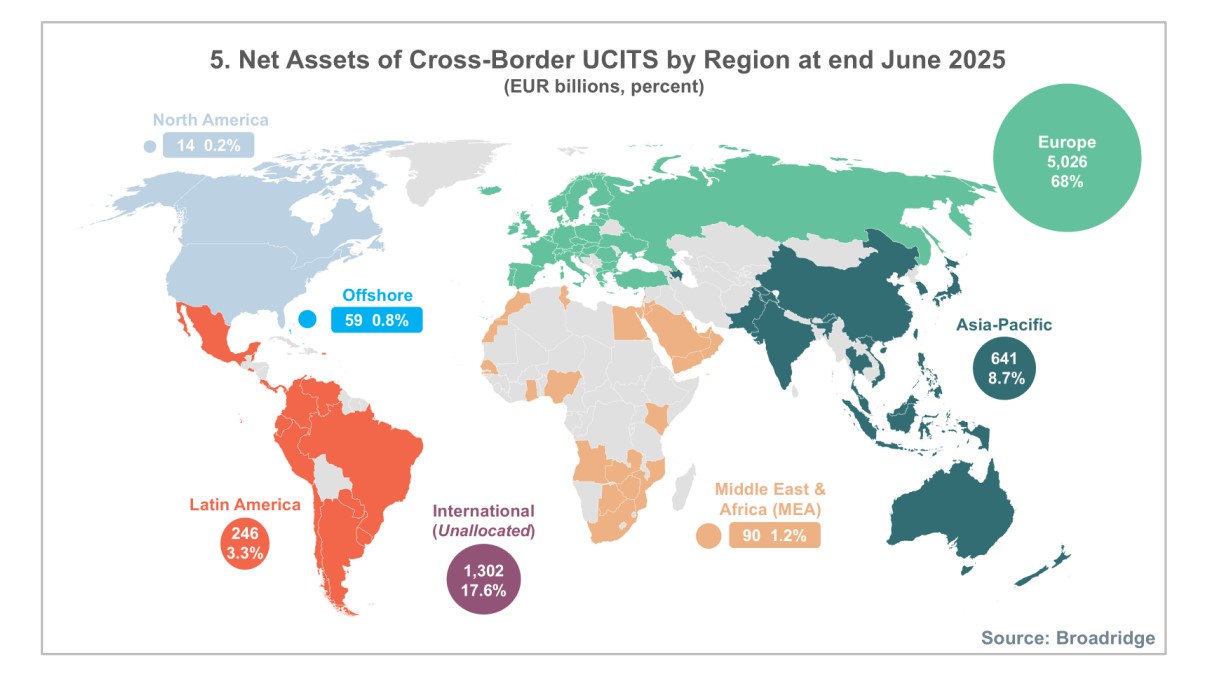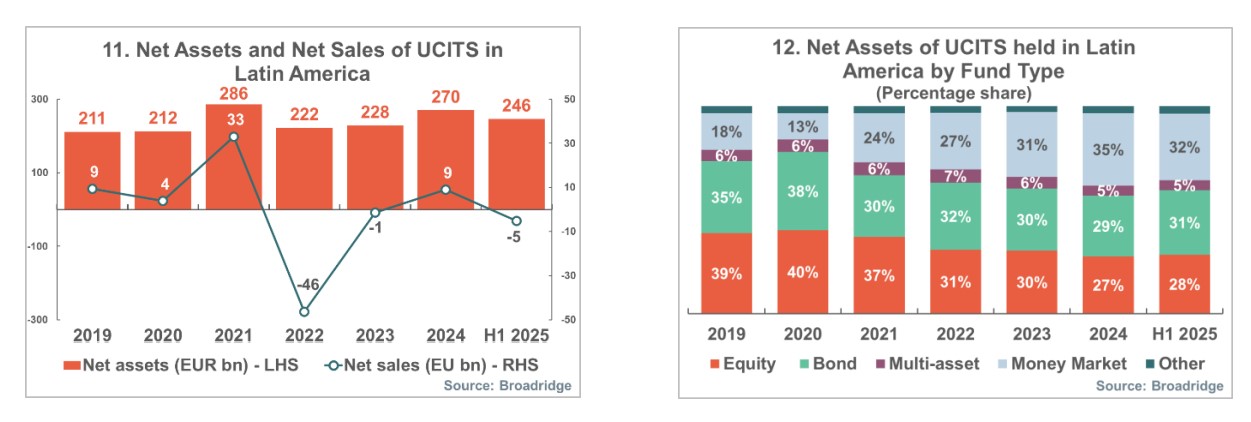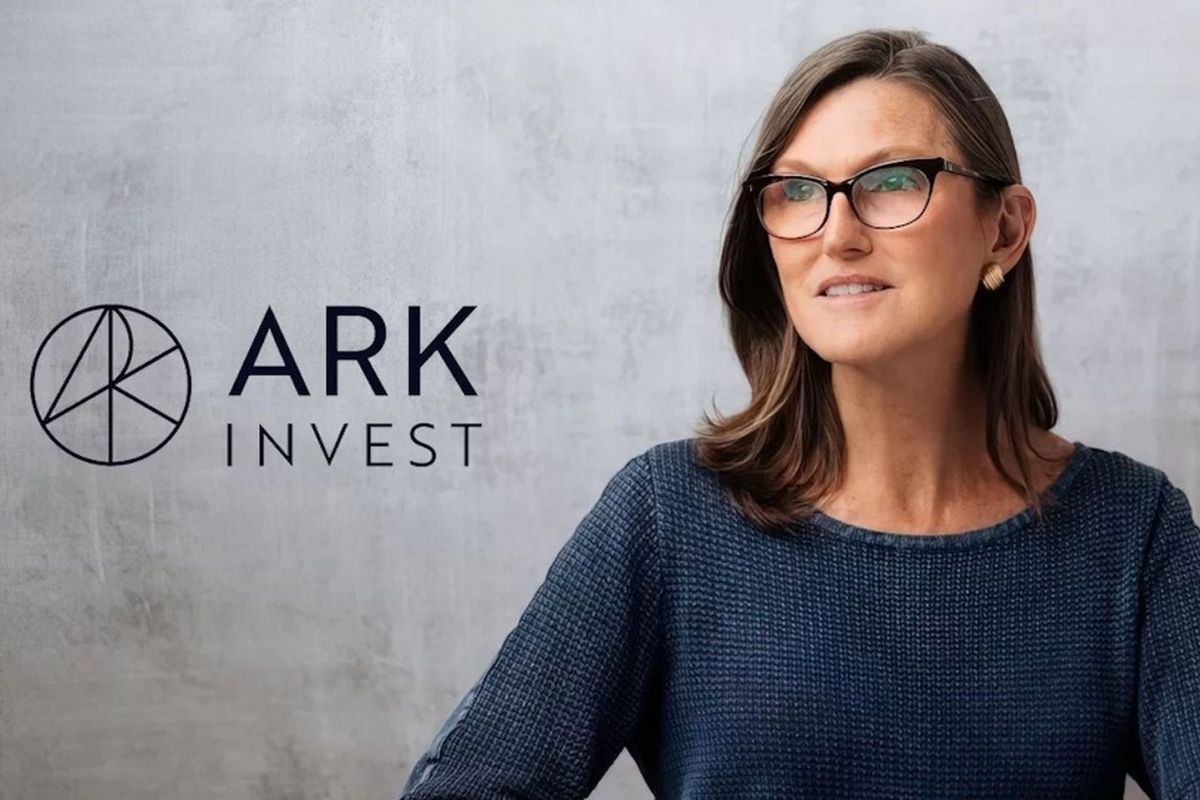Brookfield to Acquire Remaining 26% of Oaktree for Approximately 3 Billion Dollars
| By Amaya Uriarte | 0 Comentarios

Brookfield to Acquire Remaining 26% of Oaktree Capital Management for $3 Billion
Brookfield has announced that it will acquire the remaining 26% of Oaktree Capital Management that it does not yet own for approximately 3 billion dollars, enabling it to take full ownership of the Los Angeles–based firm specializing in credit and distressed debt. The deal will also strengthen Brookfield’s position as a major force in the alternative credit space, according to a Bloomberg report.
The agreement, which values Oaktree at around 11.5 billion dollars, is set to close early next year and will contribute to Brookfield’s revenue. The company first acquired a majority stake in Oaktree six years ago, accelerating the growth of its credit business, which has since become one of its fastest-growing divisions. Once the transaction is completed, the United States will become Brookfield’s largest market, representing more than half of its 550 billion dollars in assets and revenue.
CEO Statements and Strategic Vision
Following the announcement, Brookfield CEO Bruce Flatt stated:
“When we partnered with Oaktree six years ago, we joined forces with one of the most respected credit investors in the world, and the results have exceeded our expectations. Our partnership has created significant value for both companies. It has fueled the rapid expansion of our private credit platform, supported the growth of our wealth solutions business, and contributed to a 75% increase in Oaktree’s assets under management. Taking this next step will allow us to expand our credit franchise, enhance collaboration across our businesses, and strengthen our ability to continue delivering long-term value to our investors.”
Howard Marks, Co-Chairman of Oaktree, commented:
“Our partnership with Brookfield has been a great success, built on shared values of disciplined investing, long-term thinking, and integrity. Together, we have proven our ability to work seamlessly and deliver the best of both firms to our clients. Becoming a full part of Brookfield is a natural evolution that will allow Oaktree to continue thriving as part of one of the world’s leading investment organizations. With this closer alignment, Oaktree will remain central to Brookfield’s credit strategy, and we see significant opportunities to grow the franchise and expand what we can offer together to our clients.”
Transaction Terms
According to the proposed terms, Brookfield Asset Management Ltd. (BAM) and Brookfield Corporation (BN) will acquire all remaining equity interests in Oaktree for a total consideration of approximately 3 billion dollars. Under the terms of the transaction, Oaktree shareholders will have the option to receive a cash consideration, shares of BAM, or, subject to certain limitations, shares of BN.
The BAM and BN shares issued as consideration will be subject to sale restrictions of two and five years, respectively. This structure provides Oaktree holders the opportunity to participate in the future growth and earnings of the combined business while further enhancing long-term alignment.
Both BAM and BN intend to repurchase an amount of their own shares equivalent to those issued under the transaction. These repurchases will be conducted in the open market or, in BAM’s case and subject to regulatory approvals, from BN, which has agreed to make such shares available. This ensures that the transaction will have minimal or no dilutive impact on current BAM and BN shareholders.
The deal marks a significant increase in Oaktree’s valuation, as its assets under management have grown by 75% since Brookfield’s initial investment. It also follows a broader wave of consolidation among alternative asset managers, including BlackRock’s acquisition of Global Infrastructure Partners for 12.5 billion dollars.


